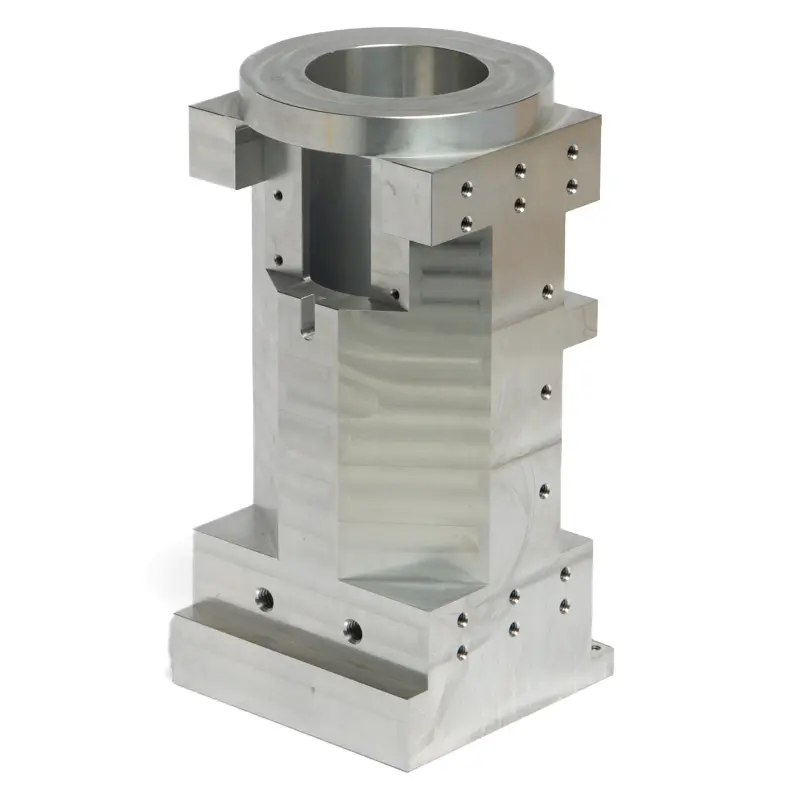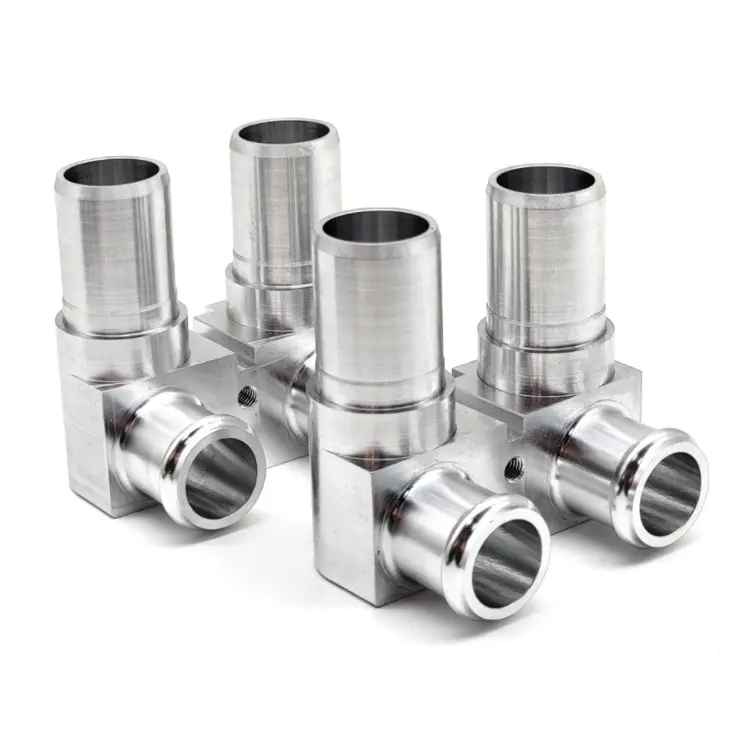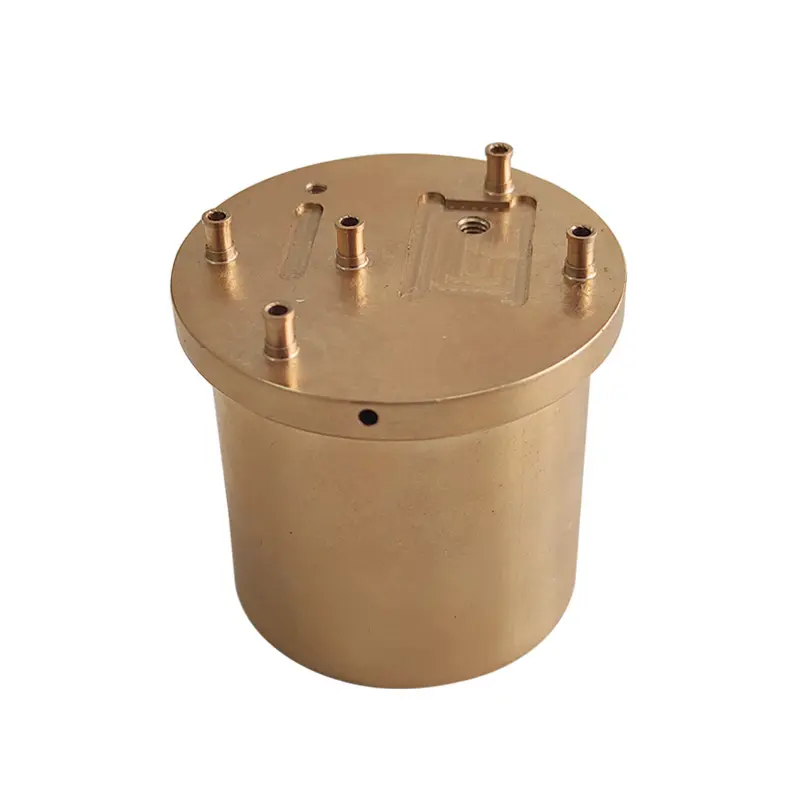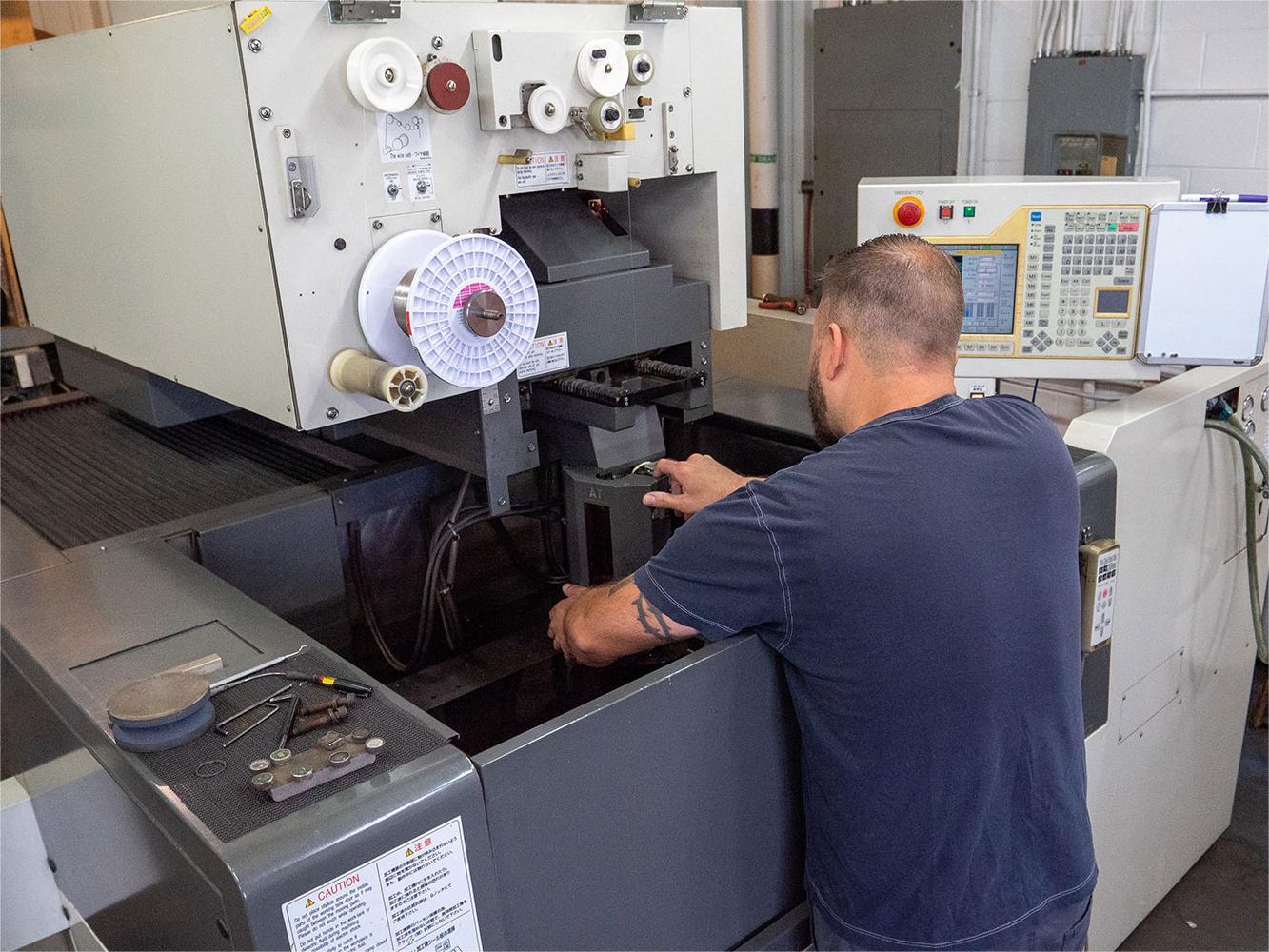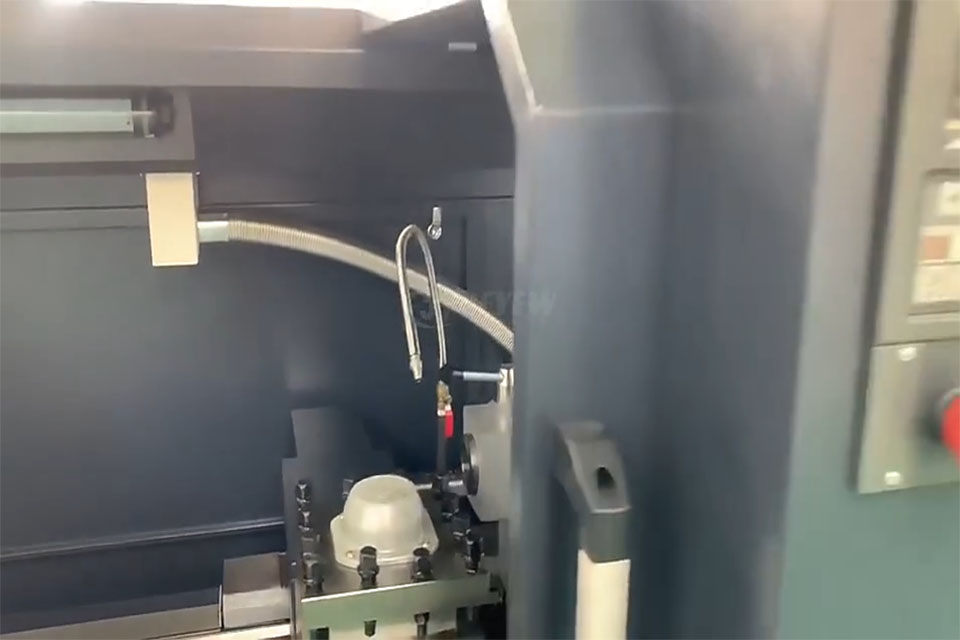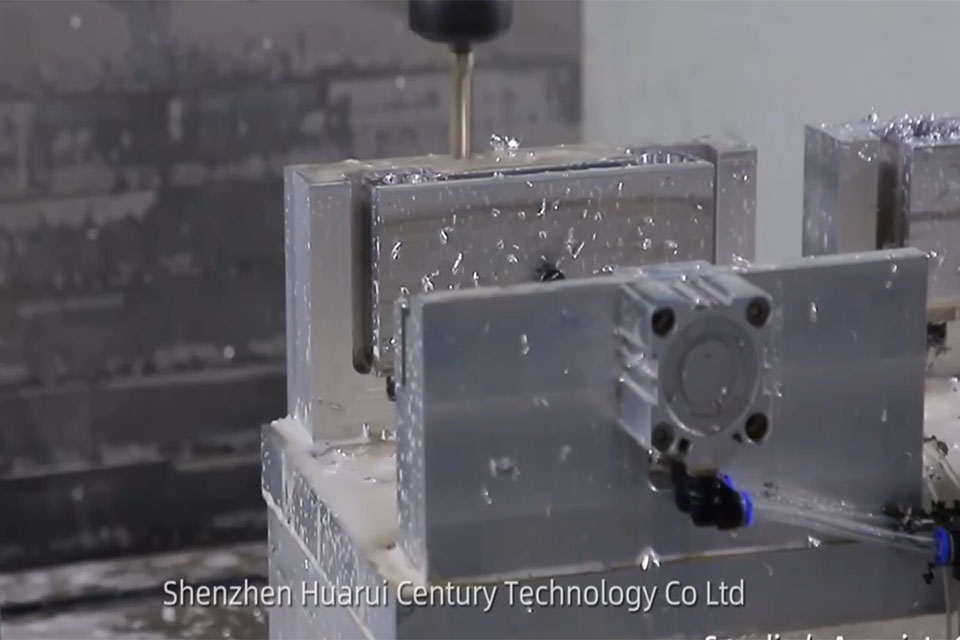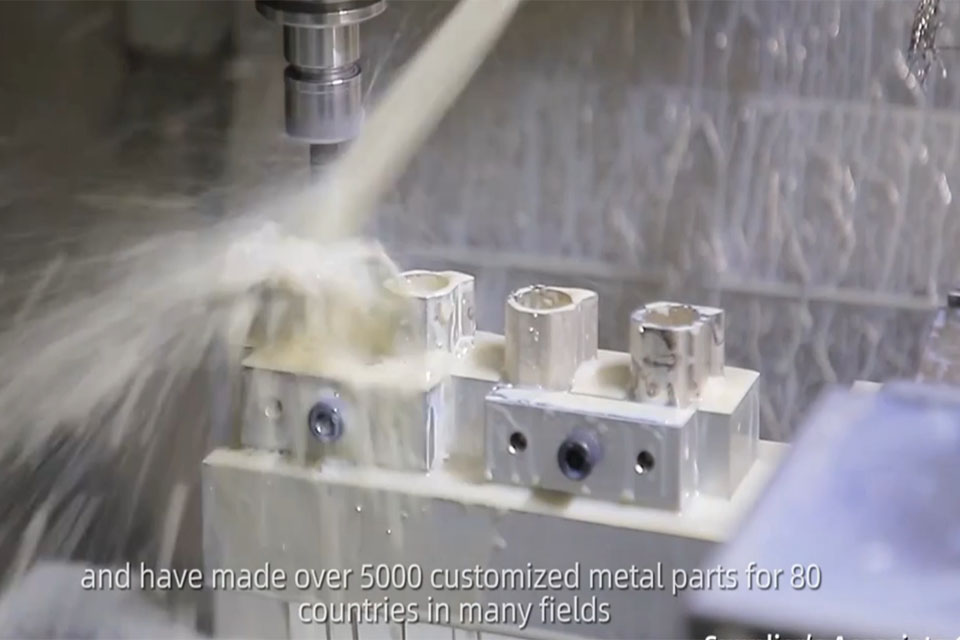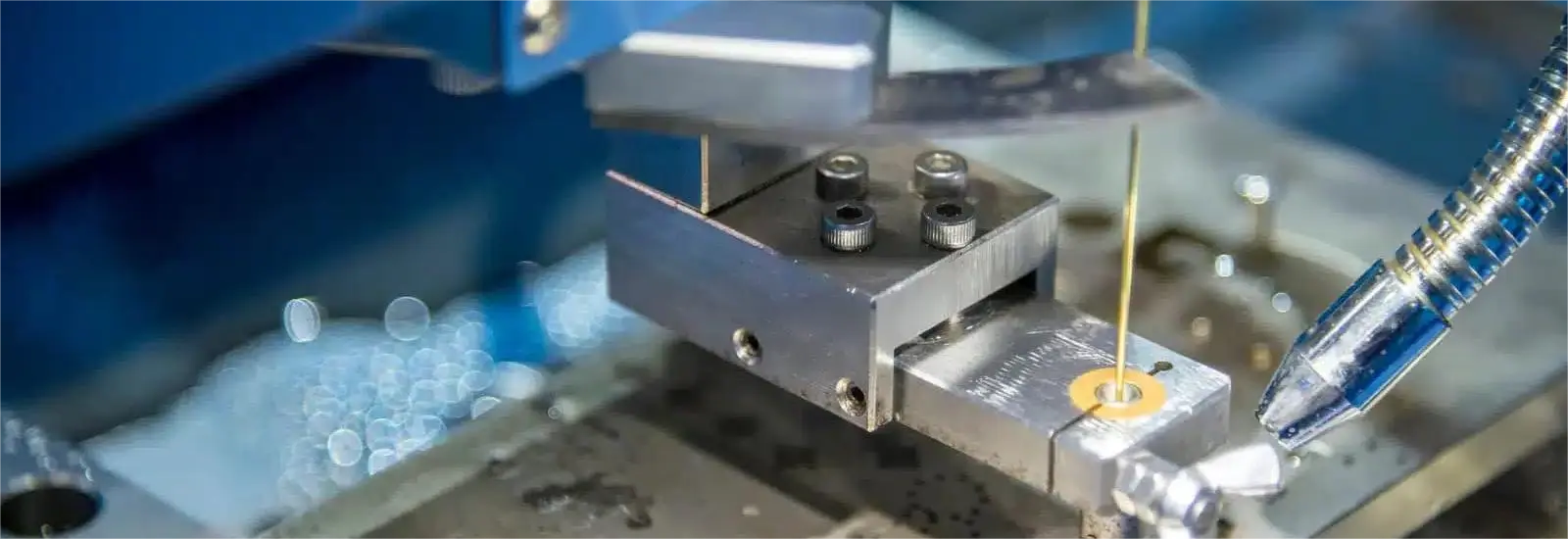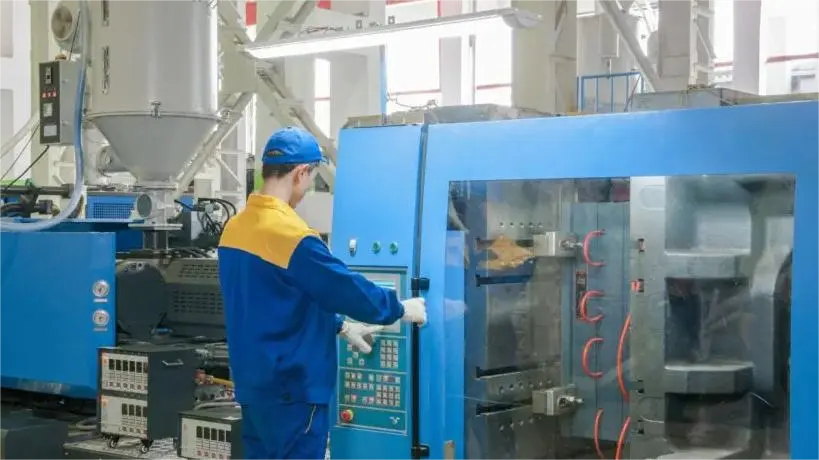
轻质金属合金的兴起:轻质产品和镁合金越来越受欢迎。未来趋势
目录
导言

What Are the Primary Benefits of Utilizing Lightweight Metals in Manufacturing?
使用 lightweight metal in manufacturing offers numerous advantages, especially in industries where weight reduction is critical. From my experience, one of the most significant benefits is the improved fuel efficiency in the automotive and 航天 sectors. For instance, using lightweight alloys in car bodies can drastically reduce the overall weight, leading to lower fuel consumption and emissions. Similarly, in 航空应用, lightweight materials contribute to higher payload capacities and reduced operational costs. The 强度重量比 of these materials is exceptional, making them ideal for applications where both strength and lightness are paramount.
Another critical advantage is enhanced performance. In the 航天 industry, reducing the weight of an aircraft by just a few kilograms can significantly improve its maneuverability and speed. Furthermore, the 耐腐蚀性 of many lightweight metal alloys, such as 钛 and certain types of Aluminum is one of the three metals commonly used in lightweight products. alloy, extends the lifespan of products and reduces maintenance costs. The 导热性 of these materials is also noteworthy. For example, 镁 具有出色的 thermal and electrical 导电性, making it suitable for heat sinks and electronic housings.
What’s the Best Lightweight Metal for High-Strength Applications?
确定 best lightweight metal for high-strength applications depends on specific requirements, but 钛 and its alloys often stand out. Titanium alloy offers an impressive combination of high 拉伸强度, low 密度, and excellent 耐腐蚀性. This makes it ideal for demanding environments, such as those found in 航天 and marine applications. However, magnesium alloys also deserve consideration. They are the lightest structural 金属 available, with a 密度 significantly lower than that of 钢铁 和 铝质.
虽然 镁 might not match the 拉伸强度 的 钛, it provides a substantial 强度重量比, making it suitable for applications where weight is a primary concern. For example, in the automotive industry, magnesium alloy components can significantly reduce vehicle weight, improving fuel efficiency. For high-performance 轻量级 structural components in the 航天 and military sectors, the high 拉伸强度 和 耐腐蚀性 的 titanium and titanium alloys make them the preferred choice.
How Do Magnesium Alloys Compare to Other Lightweight Metals?
Magnesium alloys are commonly used in military applications. are renowned for their extremely light weight, being about 33% lighter than 铝质 and 75% lighter than 钢铁. This makes them particularly attractive for applications where weight reduction is crucial. From a personal standpoint, I’ve found that magnesium’s machinability is superior to many other metals, allowing for intricate and precise designs. 数控加工 is often more efficient with 镁, leading to cost savings in production.
与 铝合金, magnesium alloy offers better damping capacity and electromagnetic shielding. However, 铝合金 generally have superior 耐腐蚀性 and are more 广泛应用 in structural applications due to their higher strength. 钛, on the other hand, surpasses both 镁 和 铝质 in terms of strength and 耐腐蚀性, but it is significantly more expensive. The choice between these metal alloys often depends on the specific application and budget constraints. The inherent 优势, like the low weight of magnesium alloys, make them an attractive choice in various applications.
Are There Any Disadvantages to Using Magnesium Alloys?
Despite their many advantages, magnesium alloys do have some drawbacks. One notable 弱势 is their susceptibility to corrosion, particularly in the presence of salt water or other corrosive agents. This can limit their use in marine and certain 工业应用 unless protective coatings are applied. Another concern is their relatively low melting point and potential flammability, which can be a safety issue in 高温 环境。
Additionally, while 镁 offers a good 强度重量比, it generally has lower absolute strength compared to 钛 and certain 铝合金. This can be a limiting factor in applications that require extremely 高强度. Disadvantages of magnesium alloys also include their lower 导热性 相比 铝质, which can be a concern in heat dissipation applications. Despite these limitations, advancements in alloying and surface treatments are continually improving the performance and applicability of 镁 各行各业。
Why is Titanium a Preferred Choice in Aerospace and Medical Industries?
钛‘s exceptional properties make it a preferred choice in both the 航天 and medical industries. In 航天, its high 强度重量比优秀 耐腐蚀性, and ability to withstand 高温 are invaluable. Titanium alloy components are used in aircraft engines, airframes, and other critical parts where reliability and performance are non-negotiable. Its lightweight properties also contribute to fuel efficiency and overall aircraft performance.
In the medical field, 钛‘s biocompatibility is a major advantage. It is non-toxic and does not react with the human body, making it ideal for implants, surgical instruments, and medical devices. Its 耐腐蚀性 ensures longevity and safety in medical applications. Moreover, 钛‘s strength and durability provide the necessary support and stability for orthopedic implants. The combination of these properties makes 钛 a vital material in both 航天 and medical applications.
How Do Aluminum and Steel Measure Up Against Modern Lightweight Alloys?
Aluminum and steel have long been staple materials in various industries, but modern lightweight alloys are increasingly challenging their dominance. 铝质, known for its lightness and 耐腐蚀性, is about one-third the density of steel. It offers good thermal and electrical 导电性, making it suitable for a wide range of applications, including automotive parts, packaging, and construction. However, compared to 钛 and some advanced magnesium alloys, 铝质 has lower 拉伸强度 These alloys may not be suitable for high-stress environments, especially in engineering applications.
钢特别是 碳钢 和 high-strength steel, is valued for its strength, durability, and cost-effectiveness. It remains a primary material in construction, automotive, and heavy machinery. However, its high 密度 makes it less desirable in applications where weight is a critical factor. Modern lightweight materials例如 magnesium and titanium alloys, offer significant weight reductions without compromising strength, making them increasingly popular in 航天, automotive, and other industries focused on efficiency and performance. Using the aforementioned 金属 as alternatives for 钢铁 provides numerous benefits.
What Role Do Lightweight Materials Play in Defense Applications?
Lightweight materials play a crucial role in defense applications, where reducing weight can enhance mobility, speed, and fuel efficiency. In military vehicles, using lightweight alloys 喜欢 钛 和先进的 铝合金 can improve maneuverability and reduce fuel consumption. Additionally, lightweight Composites made of lightweight materials are increasingly popular in various applications. are used in body armor to provide protection without adding excessive weight, enhancing soldier mobility and endurance. Lightweight materials for defense applications also include materials used in aircraft, drones, and naval vessels.
使用 lightweight materials in body armor is particularly noteworthy. Advanced 复合材料 和 lightweight alloys provide high levels of protection while minimizing the burden on soldiers. Similarly, 轻量级 projectiles and missile radomes benefit from these materials, offering improved performance and range. Lightweight materials are essential for modernizing defense equipment and ensuring operational effectiveness. Recent research on 合金 和 金属 matrices has focused on developing new lightweight composites.
What Are the Key Considerations for Lightweight Design in Engineering?
Lightweight design in engineering involves selecting materials and optimizing structures to minimize weight while maintaining or improving performance. Key considerations include the 强度重量比, 耐腐蚀性和 thermal properties of the materials used. Engineers must also consider the specific requirements of the application, such as the operating environment, load conditions, and expected lifespan of the product. As a company specializing in 数控加工服务, we understand the intricacies of working with different 金属 和 合金.我们的专长 精密加工 allows us to create high-quality, 轻量级 components tailored to our clients’ needs.
Another important aspect of lightweight design is the use of advanced manufacturing techniques, such as 数控铣床 和 数控车削. These methods allow for the creation of complex shapes and precise components from lightweight metals 和 合金. Additionally, simulation and modeling tools are used to predict the behavior of 轻量级 structures under various conditions, ensuring their reliability and safety. Integrating these considerations into the design process is essential for achieving optimal 轻量级 解决方案
How Are Advanced Lightweight Materials Shaping the Future of Industrial Applications?
Advanced lightweight materials are revolutionizing 工业应用 by enabling the development of more efficient, durable, and sustainable products. These materials, including advanced 合金, 复合材料, and hybrid materials, offer enhanced properties such as improved 强度重量比, 耐腐蚀性和 thermal management. The use of graphene as reinforcements in 金属 matrices is an example of cutting-edge research aimed at creating futuristic materials with exceptional properties.
在汽车行业、 advanced lightweight materials are used to manufacture 轻量级 vehicles with improved fuel efficiency and reduced emissions. In 航天, these materials are essential for creating lighter, more fuel-efficient aircraft. The construction industry benefits from 轻量级 materials that simplify installation and reduce structural loads. Even in consumer products, 轻量级 materials enhance portability and performance. The ongoing development and adoption of lightweight materials are transforming engineering applications. advanced lightweight materials are driving innovation and shaping the future of various industries.
Why Are Lightweight Metals Lighter Than Steel but Equally Strong?
Lightweight metals 喜欢 铝质, 镁和 钛 are significantly lighter than 钢铁 due to their lower densities. For instance, 铝质 is about one-third the density of steel而 镁 is even lighter. Despite their lower weight, these 金属 can offer comparable or even superior strength when properly alloyed and processed. The key lies in their atomic structure and the ability to form strong bonds within the 合金.
钛, for example, has a very high 强度重量比 due to its strong metallic bonds and the ability to form 合金 Alloys are often combined with other elements that further enhance their strength compared to traditional materials. Magnesium alloys, while not as strong as 钛, can be engineered to provide sufficient strength for many applications while maintaining their 轻量级 advantage. The development of advanced 合金 and processing techniques continues to improve the strength and performance of lightweight metals, making them viable alternatives to 钢铁 在许多应用中都是如此。
常见问题
What makes magnesium alloys suitable for electronic applications?
Magnesium alloys are excellent for electronic applications due to their superior electromagnetic shielding properties and good 导热性. They effectively dissipate heat, making them ideal for components like heat sinks and electronic housings.
How do titanium alloys benefit the aerospace industry?
钛合金 are crucial in the 航天 industry due to their high 强度重量比优秀 耐腐蚀性, and ability to withstand extreme temperatures. These properties enhance aircraft performance, fuel efficiency, and longevity.
What are the main challenges in using lightweight materials for defense?
The main challenges include ensuring sufficient protection, durability, and resistance to environmental factors. Balancing weight reduction with the need for robust performance under harsh conditions is also critical.
Can lightweight metals replace steel in construction?
是的、 lightweight metals 喜欢 铝质 和先进的 复合材料 can replace 钢铁 in certain construction applications. They offer benefits such as reduced structural load, ease of installation, and 耐腐蚀性, although the specific application requirements must be considered.
What is the future of lightweight materials in automotive manufacturing?
The future looks promising, with ongoing advancements in lightweight alloys 和 复合材料 leading to more fuel-efficient and environmentally friendly vehicles. Innovations in materials like 镁 和 钛合金 will further enhance vehicle performance and reduce emissions.
Why are lightweight materials important for renewable energy technologies?
Lightweight materials are vital for renewable energy technologies because they improve the efficiency and performance of devices like wind turbines and solar panels. Reducing the weight of these components makes them easier to install and more cost-effective, contributing to the overall sustainability of renewable energy solutions.
结论
Lightweight metal alloys offer significant advantages in various industries, including improved fuel efficiency, enhanced performance, and excellent 耐腐蚀性.
钛 和 magnesium alloys are among the best lightweight metals for high-strength applications, each with unique properties suited to different needs.
Magnesium alloys provide exceptional lightness and machinability but have limitations in corrosion resistance and absolute strength.
钛 is preferred in 航天 and medical fields due to its high 强度重量比, biocompatibility, and 耐腐蚀性.
Lightweight materials play a crucial role in defense applications, enhancing mobility, protection, and operational effectiveness.
Lightweight design requires careful consideration of material properties, manufacturing techniques, and application requirements.
Advanced lightweight materials are shaping the future of 工业应用, driving innovation and sustainability.
Lightweight metals can match or exceed the strength of 钢铁 while being significantly lighter due to their atomic structure and alloying capabilities.
Ongoing research and development continue to improve the properties and applications of lightweight materials, ensuring their growing importance in modern manufacturing.
我们的专长 表面处理 ensures that the final product meets the highest standards of quality and durability.
通过了解 利弊 of different lightweight metal alloys and staying informed about the latest advancements, industries can leverage these materials to create innovative, efficient, and high-performance products. At 数控制造, we are dedicated to providing top-notch 数控加工服务 to meet the diverse needs of our clients across various sectors. Whether you need prototypes through our 快速原型制作 service or large-scale production through 按需制造, we have the expertise and technology to deliver exceptional results.
As we look to the future, the continued development and adoption of lightweight materials will undoubtedly play a pivotal role in advancing technology and improving the quality of products across numerous industries.
评论
出色的产品案例
标签
相关博客
从我们的博客中获取有关 CNC 加工的最新趋势和事实。

